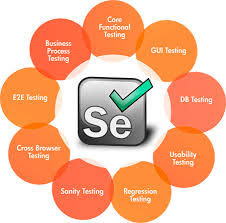The Thrilling Interplay: Neuroscience and AI Working Together
Neuroscience and artificial intelligence (AI) are two closely related fields that have been making significant advancements in recent years. While neuroscience focuses on understanding the workings of the human brain and nervous system, AI aims to develop intelligent machines and algorithms that can mimic human cognitive functions.
One of the most exciting developments in recent years has been the integration of neuroscience and AI, where researchers are using insights from the brain to inform the design and development of AI systems. By studying how the brain processes information, learns, and makes decisions, researchers are able to create more advanced AI algorithms that can better mimic human intelligence.
For example, researchers have used brain imaging techniques to study how humans perceive and process visual information. By understanding how the brain processes images, researchers have been able to develop AI algorithms that can recognize objects in images with unprecedented accuracy. This has led to advancements in computer vision and image recognition technology, with applications ranging from self-driving cars to medical diagnostics.
Similarly, by studying how the brain learns and adapts to new information, researchers have been able to develop AI algorithms that can learn from experience and improve their performance over time. This has led to advancements in machine learning and artificial intelligence, with applications ranging from personalized recommendations to natural language processing.
Overall, the integration of neuroscience and AI has the potential to revolutionize how we think about artificial intelligence and machine learning. By combining the strengths of both fields, researchers are able to create more intelligent and sophisticated AI systems that can better mimic human intelligence and cognitive abilities. The future looks bright for neuroscience and AI working together, as researchers continue to uncover new insights and push the boundaries of what is possible.



Comments
Post a Comment